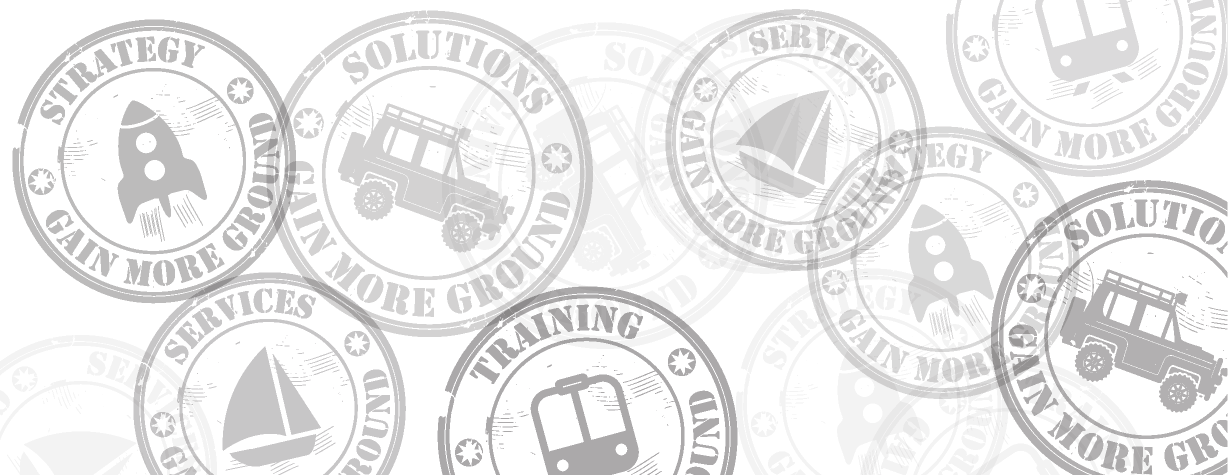What if your AI-powered procurement tool automatically rejected a supplier simply because they were from an emerging market? This isn’t just a hypothetical—it’s happening today.
Artificial Intelligence (AI) is reshaping procurement, streamlining supplier selection, risk assessment, and contract management.
But for all its promise, AI introduces ethical dilemmas that can’t be ignored. Algorithmic bias, transparency issues, accountability gaps, and data privacy concerns threaten to undermine trust and fairness in supply chains. The challenge? Striking a balance between efficiency and ethical integrity.
The Bias Problem: When AI Reinforces Inequities
AI’s greatest strength—learning from historical data—can also be its greatest weakness. Procurement AI systems often replicate past biases, favouring well-established suppliers over emerging players, even when the latter offer competitive pricing and innovation.
Take supplier selection, for example.
AI tools trained on historical supplier data might favour businesses from developed regions over those in emerging markets. The result? A system that systematically excludes minority-owned businesses and limits supply chain diversity.
Bias sneaks in at multiple points:
- Data Bias: Training data often lacks diversity, skewing recommendations toward established suppliers.
- Design Bias: Many AI models optimise for cost and efficiency, overlooking sustainability and ethical sourcing.
- Feedback Loops: When suppliers are repeatedly overlooked, they struggle to build performance records, making future selection even harder.
The good news? Businesses can tackle bias head-on through algorithmic audits, fairness-aware AI design, and inclusive data sets. But widespread adoption remains slow due to cost concerns and industry resistance.
Transparency: The “Black Box” Challenge
AI-powered procurement tools often operate as black boxes—decisions happen, but no one fully understands why. This lack of transparency erodes trust.
Imagine being a supplier rejected by an AI system without any explanation—how do you improve if you don’t know what went wrong?
While frameworks like SHAP (SHapley Additive exPlanations) can shed light on AI decisions, their use in procurement remains limited (Brown & Miller, 2021).
SHAP helps explain why AI makes certain decisions, showing which factors influenced the outcome -essentially making AI less of a ‘black box’ in procurement.
This can be invaluable in procurement, where understanding why an AI system favoured one supplier over another can reveal underlying biases or misalignments with corporate goals.
However, adoption of such transparency tools remains sparse. Many companies hesitate to implement explainability mechanisms, fearing exposure of proprietary decision-making models. This tension between competitive secrecy and ethical AI governance leaves regulators struggling to enforce transparency. Without clear guidelines, procurement teams may rely on AI recommendations without fully grasping their implications—potentially reinforcing hidden biases or excluding deserving suppliers unfairly.
To bridge this gap, organisations must prioritise AI transparency by integrating explainability frameworks, conducting regular audits, and ensuring procurement teams receive adequate training on AI decision-making processes. Regulators also have a role to play in setting enforceable disclosure standards that encourage responsible AI adoption without stifling innovation.
Who’s Accountable When AI Makes a Bad Call?
When an AI-driven procurement decision leads to an ethical breach—like unfairly excluding a supplier—who’s responsible? The developer? The procurement manager? The C-suite? The answer is murky.
Human oversight panels as a safeguard, ensuring AI recommendations are reviewed before implementation. But, on the other hand, excessive human intervention negates AI’s efficiency benefits. Striking the right balance between automation and accountability remains a key challenge.
The Privacy Dilemma: Protecting Sensitive Supplier Data
AI systems thrive on data—but where does that data go, and who has access? Procurement AI relies on massive datasets, raising concerns over privacy and security. Risks such as the exposure of sensitive supplier financials, which could be exploited if not properly protected. Cross-border data flows further complicate compliance with regulations like GDPR.
To mitigate risks, companies must invest in encryption, anonymisation, and secure data-sharing frameworks. However, balancing compliance with operational efficiency remains an ongoing struggle.
Looking ahead, innovative approaches like federated learning (where AI learns from decentralised data sources without centralising sensitive information) could help balance privacy and fairness. But widespread adoption will require collaboration between policymakers, businesses, and AI developers.
AI can revolutionise procurement, but only if it’s done ethically. The future of procurement isn’t just about efficiency—it’s about fairness, trust, and accountability.
Aligning AI Procurement with Australia’s AI Ethics Principles
Australia’s AI Ethics Principles (2021) provide a framework to guide responsible AI adoption across sectors. For procurement—a function critical to corporate and government operations—these principles address ethical risks in supplier selection, contract management, and data handling.
1. Human, Societal, and Environmental Wellbeing
- AI should benefit individuals, society, and the environment.
- Prioritise sustainability in procurement AI tools, considering environmental and social impact.
- Example: A government AI tool could prioritise suppliers with net-sero commitments in line with Australia’s Climate Change Act.
2. Human-Centered Values
- AI should respect human rights, diversity, and autonomy.
- Maintain human oversight for high-impact procurement decisions.
- Example: Ensuring AI-driven supplier shortlisting includes minority-owned businesses and diverse supplier pools.
3. Fairness
- AI must be inclusive and avoid discrimination.
- Conduct bias audits and adjust procurement AI models accordingly.
- Example: Adjusting AI scoring metrics to prevent systemic exclusion of SMEs and developing-nation suppliers.
4. Privacy Protection and Security
- AI must respect privacy and ensure data security.
- Anonymise sensitive supplier data and comply with GDPR for cross-border procurement.
- Example: Government procurement AI must ensure supplier data confidentiality under Australia’s Privacy Act 1988.
5. Reliability and Safety
- AI systems must operate reliably and safely.
- Validate AI-generated risk assessments against real-world conditions.
- Example: AI predicting supply chain disruptions must incorporate real-time disaster response data.
6. Transparency and Explainability
- AI decisions should be understandable to users and stakeholders.
- Provide clear explanations for supplier selection decisions.
- Example: The NSW Government mandates AI-driven tender decisions to include plain-language justifications.
7. Contestability
- Affected parties must be able to challenge AI outcomes.
- Establish appeals processes for AI-driven supplier exclusions.
- Example: A manual review panel to overturn unfair AI-driven disqualifications.
8. Accountability
- Organisations must be accountable for AI outcomes.
- Define responsibility for AI errors and conduct regular ethical audits.
- Example: Ensuring procurement AI does not favor monopolistic suppliers and stifle competition.
Challenges remain, particularly in balancing efficiency with ethical oversight, but the adoption of best practices—such as bias audits, transparency mandates, and privacy safeguards—will help build trust in AI-driven procurement.
As AI continues to evolve, businesses must collaborate with policymakers and technologists to ensure procurement remains not only efficient but also fair and socially responsible.
Take the Next Step with Comprara
Want to assess how well your organisation is leveraging AI in procurement? Comprara’s Procurement Maturity Assessment helps you evaluate your AI adoption, build a business case for better tooling, and receive expert guidance on ethical AI usage. Contact Milan Panchmatia today to learn how your procurement strategy can be both cutting-edge and responsible.
Links to other Comprara articles on AI in Procurement
1. AI in Government Procurement: A Balancing Act of Opportunity and Responsibility
2. AI in Procurement: Part 1 – Hello GenAI
3. AI in Procurement: Part 2 – Predicting & Decisioning
4. AI in Procurement: Part 3 – Bots, Benefits & Ethics
Reference: Australian Government. (2021). AI Ethics Principles. Department of Industry, Science, Energy and Resources.



